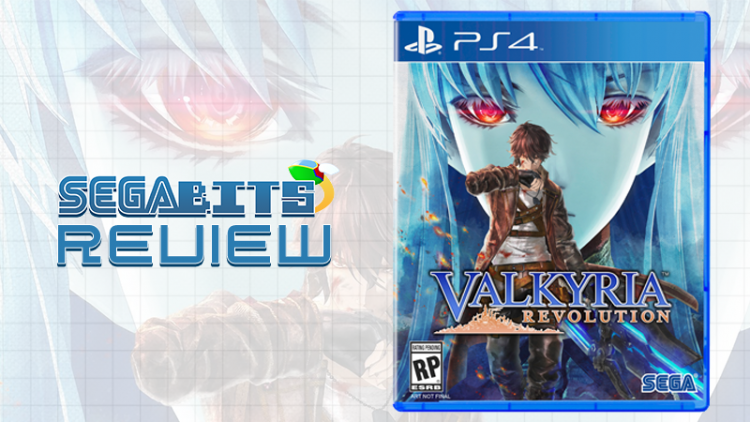
The Valkyria series has had a rather shaky history. The original game in the series, Valkyria Chronicles, was released in 2008 on the PS3. The initial release on the PS3 was met with generally positive reviews, but it was lacking in terms of sales. The game was notably praised for it’s more free movement via the BLiTZ (Battle of Live Tactical Zones) system, being somewhat of a successor to the battle system in Sakura Taisen 3 and future titles. Later Valkyria Chronicles would receive better success with the later PC port in 2014, along with being successful enough to spawn two sequels on the PSP simply called Valkyria Chronicles II and Valkyria Chronicles III respectively.
But after a bit of a hiatus, the Valkyria series is back with a new installment on the Playstation 4, Playstation Vita, and Xbox One (Western exclusive), more specifically a spin-off game that shifts genres from a strategy RPG to a more traditional action RPG, while retaining some familiar Valkyria elements. Is this game a revolution like implied, or should it stay oppressed?
Presentation
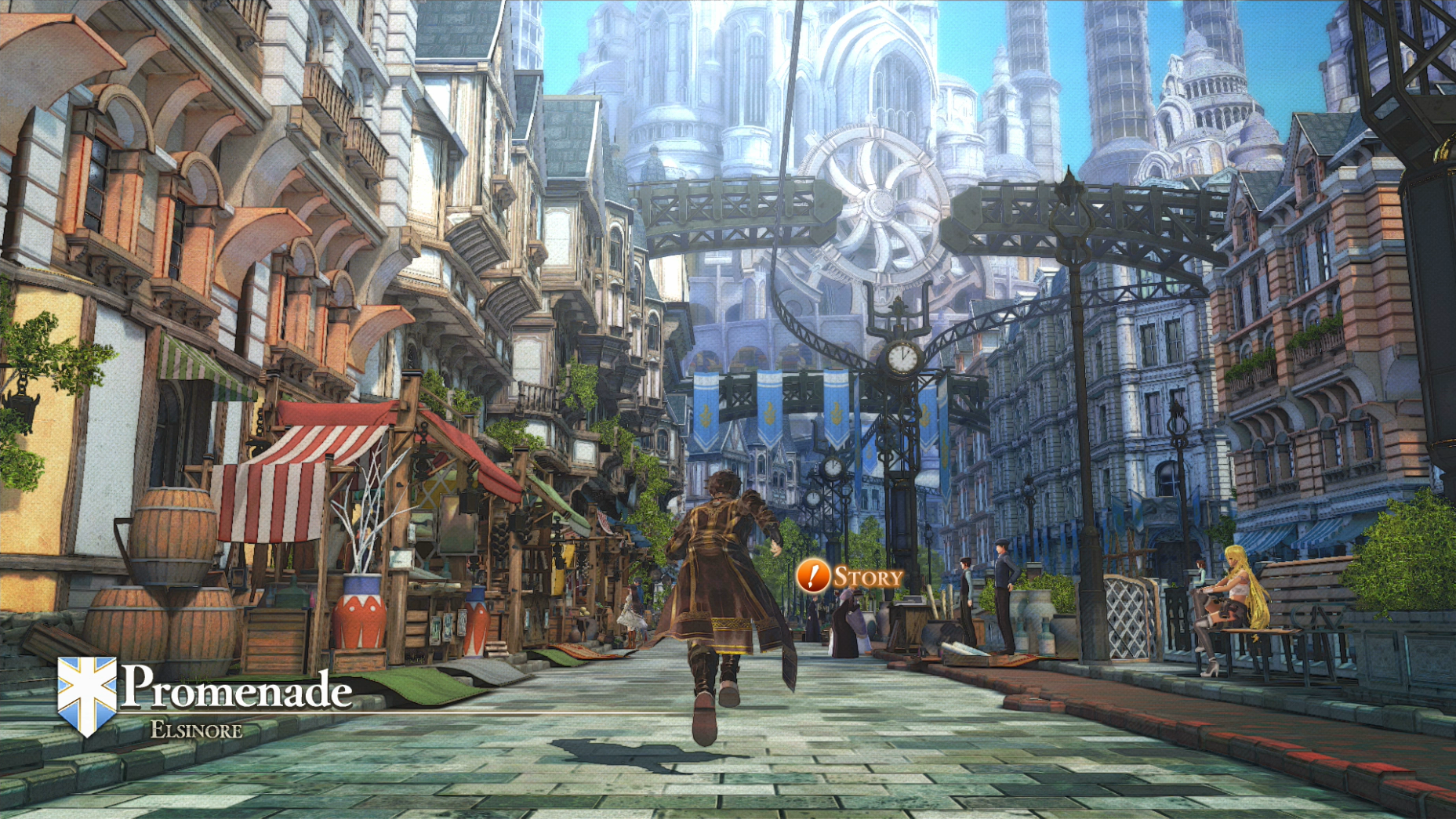
The first thing that you might notice is that the game has some nice color work, similar to past titles in the Valkyria series. It it vibrant with details such and grass and the sky having the right amount of saturation to stick out while being subtle enough that it’s not an eyesore. Now on that merit alone it would be appealing, but the game takes it further by occasionally toying with colors in order to convey an emotional response. For example normally the colors are vibrant, but if for example you’re ally gets knocked out in battle the screen suddenly becomes monochrome, or if one of your allies dies in combat the Promenade in Elsinore will change to become more dull and depressing. The music is also rather decent. There’s not a particular song that will make you remember it after you’ve played the game, but it’s appropriate for the situation and does what it’s supposed to do, whether it’s for a serene or dire scene.
Unfortunately aside from the color details, there are really notable problems. The biggest problem is the technical aspects, where despite being a PS4 game, it has an oddly dated appearance. Characters tend to have limited animations during cutscenes, where characters often just move their mouths and stand around with little to no facial changes, which is really noticeable since these type of cutscenes are common. Even in combat this problem doesn’t exactly go away, in particular it feels like characters lack weight when they use their weapons, especially noticeable when a character like Amleth swings his big sword and it doesn’t feel like it left much of an impact. If there was maybe a subtle blur effect to disguise this problem to an extent it would be tolerable, but that’s not the case. The characters themselves, despite benefiting from the color palettes, also are generally lower quality than what you would expect from a PS4 title. Sometimes because of the sub-par model qualities along with the aforementioned limited animation, it can somewhat creep into uncanny valley territory. This is likely a compromise since the game was in development for both the PS4 and the PSVita, but in practice it makes the game have a weirdly dated vibe to it despite it being a recent title. Honestly, it’s weird to think that the original Valkyria Chronicles looks more timeless compared to this game, despite Valkyria Revolution being developed a generation ahead.
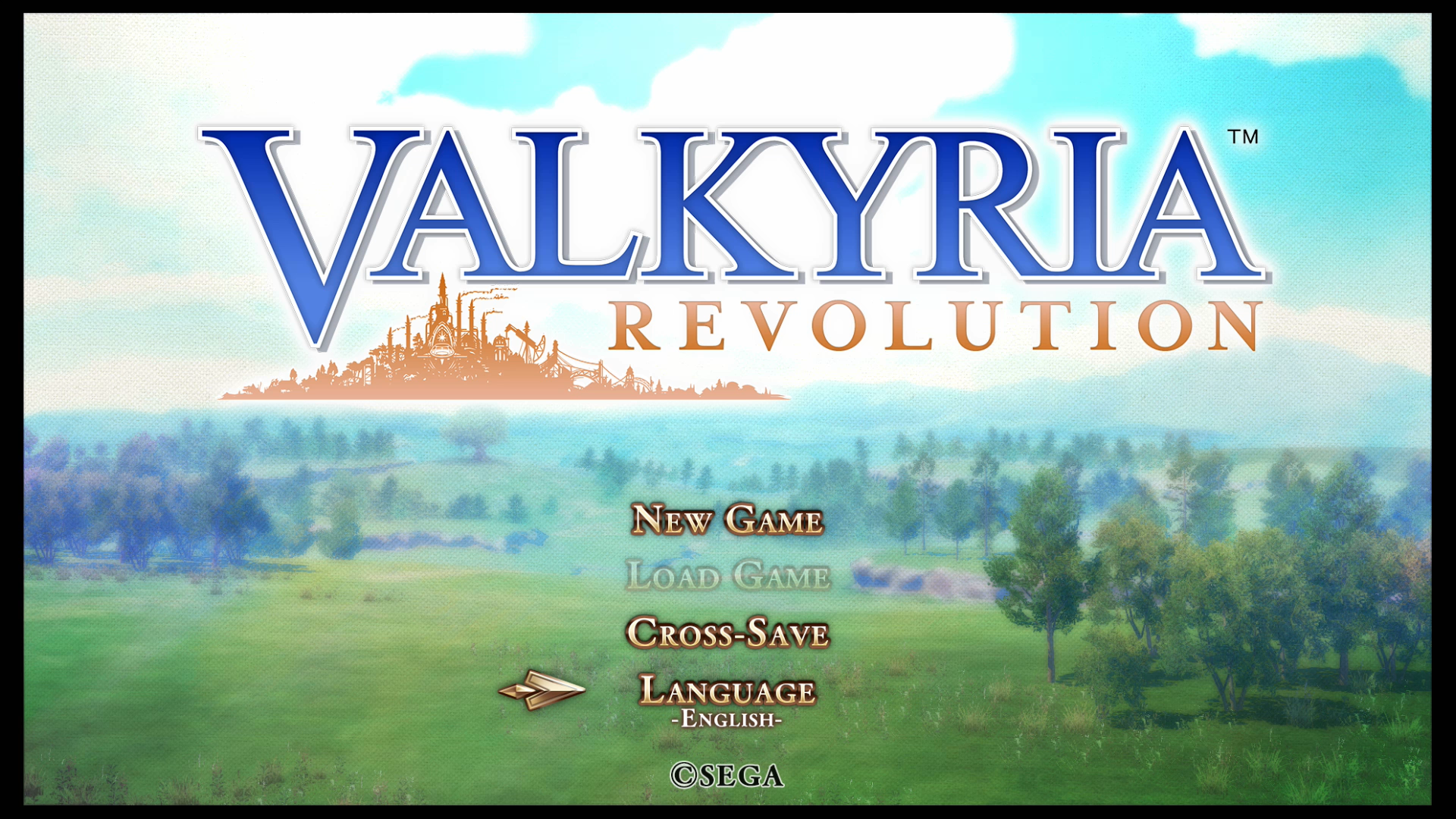
Strangest part about the game though is the resolution. For some strange reason the game doesn’t entirely fill out the whole screen, causing an empty space around the game, the above screenshot being an example. This as far as I’m aware is the only PS4 game that does this, every other game properly filling out the screen like you would expect. Granted Valkyria Chronicles had a similar effect, but the difference here is that in Valkyria Chronicles it was an obvious artistic choice to give off the appearance of the game being printed out on old paper or painted using water colors. In Valkyria Revolution it just looks distracting, like the resolution was incorrectly optimized so you’ll have to deal with an awkward black border unless you adjust television settings.
In terms of performance, the game runs at 30FPS. Whether it’s running around the city of fighting off tanks and soldiers, it maintains it for the most part. Now, key phrase is for the most part. There will be cases where the framerate will drop when the screen becomes crowded with special effects and enemies. This is especially noticeable if you pull up a menu to use Ragnite or a weapon, where the dropped framerate will stay dropped until you either make your move or exit out of the menu, which in some situations can make it feel unnecessarily sluggish. For the most part though, the 30FPS is fine and is the norm for these type of games. Loading times however are probably the bigger problem at hand. Not because they are super long, but because they are frequent, to the point they disrupt the flow of watching the cutscenes often. Note that for this review, Valkyria Revolution was a digital download on a standard PS4, and on average loading times lasted between 10 to 20 seconds. Depending on which version you get and how you purchased the game, these loading times may possibly last longer or shorter.
Story
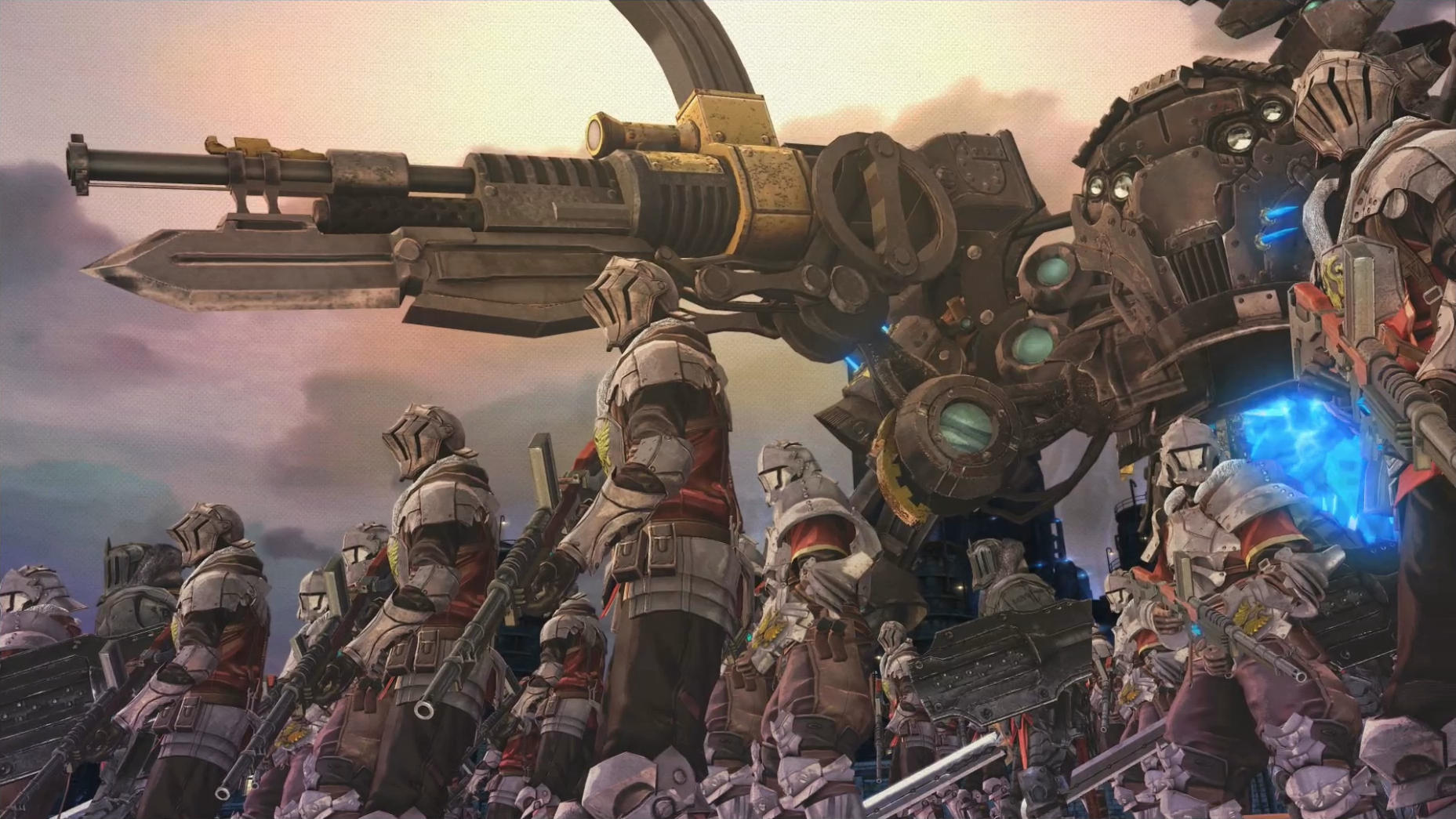
The bulk of the story takes place a 100 years in the past, told through the eyes of a character named Richelle, recalling what happened a century ago through the prospective of her great-great-grandmother. Taking place in the fictional continent Europa (a different one). A special material called Ragnite was discovered, causing technology and agriculture to quickly evolve and usher in a revolution. However this revolution would have a side effect of the Ruzi Empire wanting to seize control of the surrounding countries, causing the empire to quickly take over most of Europa. A small country called Jutland in particular wages war against the Ruzi Empire in retaliation due to resources becoming scarce such as fuel and food.
Manipulating the Jutland movement is a group of 5 individuals called The Traitorous 5, named Amleth Grønkjær, Solomon Kahlenberg, Basil Sabancci, Fritte Eriksen, and Violette Szand. Not only do they want to liberate Jutland from the Ruzi Empire, but take revenge of what happened to the orphanage they lived in and the kidnapping of Maria. This hostile take over of the past being caused by Ruzhien Emperor Claudius Powlovich Kiev and the Grand Generals Gilouche Benckendorff, Viktor Timashev, Gustav Mecklenburg, and Balthus Greppenberg.
Of course making things more complicated is the Ruzi Empite having a Valkyria named Brunhilde, a Valkyria being a supernatural being that “blesses” an emperor with unbelievable power, which the emperor naturally exploits to quickly gain power and kill off potential threats. To combat this, the Vanargand was formed to combat the threats of the Valkyria. Along with Amleth, this includes Princess Ophelia Augusta af Jutland, Godot Vilfort, Blum Thomasson, Helena Andersen, Brigitte Ulrich, Jordur Kvist, Isaak Berggreen, Daryl Rommedahl, Sara Banner, and Tilda Gade.
Now not to get into spoiler territory, but one of the main problems with the story right out of the gate is the long drawn out cutscenes, especially in the beginning parts of the game where the bulk of the exposition is dumped onto you. There are hours worth of cutscenes that are just dumped onto you, which kills any sense of pacing it could of had. On that merit alone the story is pretty bad since by the time you actually start playing the game again, you’re bored listening to people just chat about exposition or saying nonsense that doesn’t contribute to anything. Not helping that occasionally it becomes redundant, reiterating information we already know. Yes Jutland is oppressed and is lacking resources, we didn’t need to be reminded again. Which is a shame because the game being based on war naturally has potential from a political and moral standpoint, but because cutscenes tend to be so long and boring it kills that sense of interest. Even if the game tries to throw in plot twists into the mix, the foreshadowing is not subtle so anyone savvy with the genre can quickly piece together what’s going to happen.
Though a small advantage Valkyria Revolution has is that you can interact with people in different locations in Elsinore, in concept providing more opportunities for world building outside of the typical missions and cutscenes. To an extent it does accomplish this through a loose morality system; if you preform missions good the people of Jutland will praise your actions, but if you start failing they’ll instead start to doubt you. But aside from some optional casual talk from other members of the Vanargand, there isn’t much in the way of fleshing out the world. Which is a shame because the capital you explore looks interesting, it’s just you don’t interact with it enough for you to care, which kind of defeats the point of having a game center around warring nations.
Gameplay
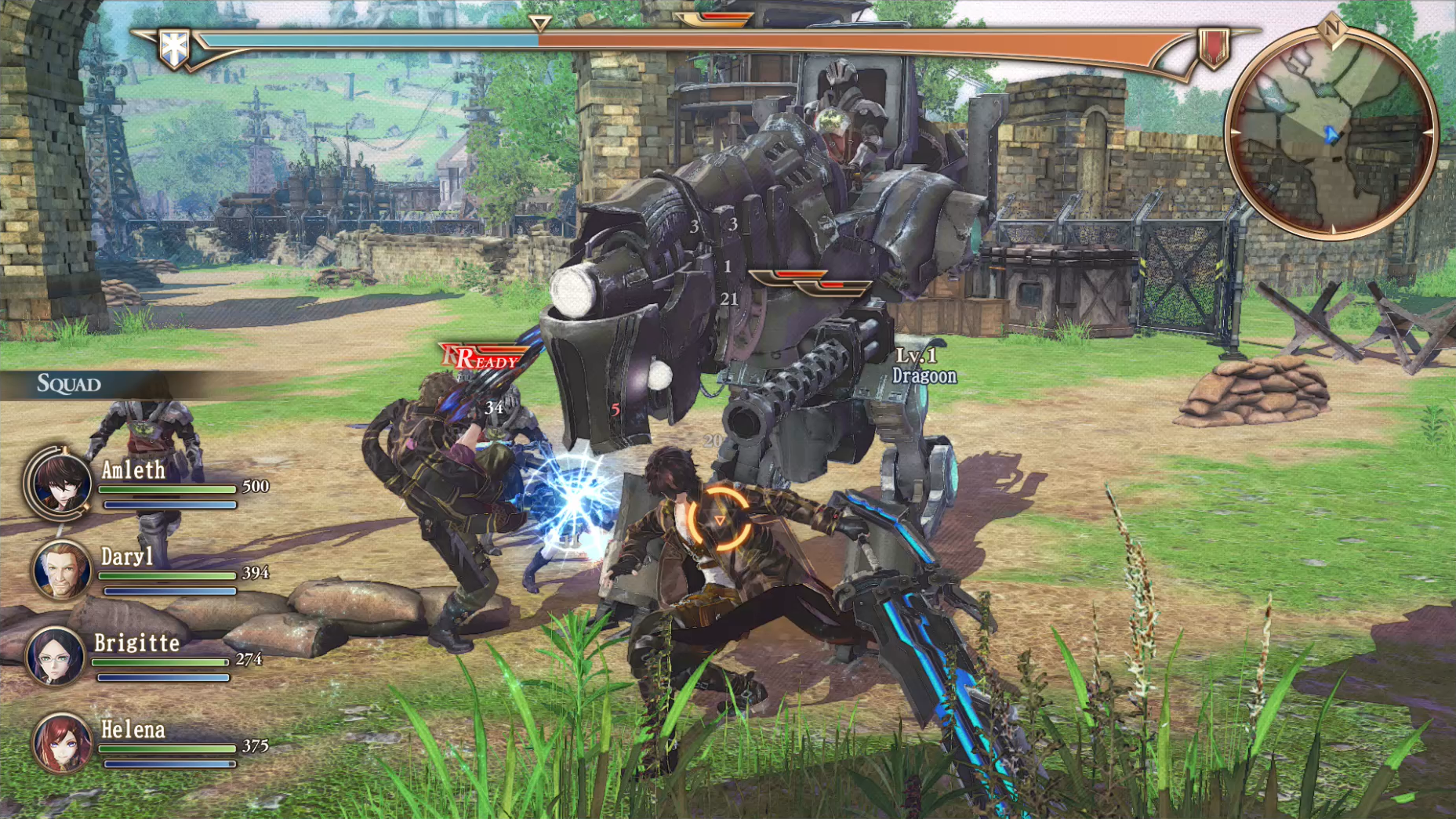
Valkyria Revolution is at it’s heart an action RPG. While the departure from the strategy heritage might be off putting at first, the game tries to include strategy game elements in order to be both new and familiar. The most obvious difference from past games is that you now have free movement, no longer being limited to how far you go at a given time. The game however still has turns similar to it’s predecessors, albeit a loose interpretation of turns. At the side of a character’s portrait is a gauge that fills up over time, and once filled it allows you to preform different actions like a standard attack, preforming Ragnite spells, using an item, or use a weapon. Initially it’s fairly sluggish, but by winning over the tide of battle from preforming different actions, the gauge at the top of screen will lean towards Jutland and cause the player to charge faster. This includes killing a group of enemies, killing an enemy in one shot, or killing a Commander.
Ragnite is one of the main focuses, both for combat and upgrading. Ragnite is divided into different elements, the typical Fire, Water, Earth, and Wind. Fire beats Water, Water beat Fire, Earth beats Wind, and Wind beats Earth. In addition, you can sacrifice leftover Ragnite to unlock bonuses for each individual character, ranging from attack boost to strong Ragnite usage. Each class typically specializes in two of the four Ragnite types. Another focus is the ability to use more traditional weapons like bombs and guns. Both have limited ammo, each bomb and gun having their own properties. For example grenades that inflicts heavy damage within an area, and smoke bombs that shroud the area in a thick smoke for a limited time.
Now time to dwell into the biggest problem of the game, the superfluous nature. There are multiple classes, multiple types of missions, the ability to give your AI priorities, and the ability to upgrade your stats. However, it often feels like in practice it doesn’t contribute much. Yes you can upgrade your stats, but since earning EXP is never a problem it’s possible to ignore these aspects and still have reasonably good results. Yes you can use Ragnite in order to inflict damage, but the bombs and guns you get are often more practical in the grand scheme of things, or hell even just simply spamming the standard attack can often produce more results. Especially since every time you pull up the menu the pacing stops to a screeching halt, so in practice the high amount of damage from a Ragnite or weapon attack might actually deal less damage overall.
There are multiple classes, yet often times the characters will play very similarly that it feels pointless. The main point of the classes is what type of Ragnite they have, along with individual character traits that causes buffs or debuffs under certain conditions. But it just doesn’t feel like it’s enough, often resorting in you only switching characters if you really need to use a specific Ragnite spell. Especially since the AI tends to be really dumb. Despite having multiple options to in theory control the AI’s behavior, it feels like it doesn’t do anything. You can set up priorities causing them to prioritize specific actions in a specific order, make them change formation, or prioritize either offensive or defensive behavior in the middle of combat. However, the AI will still often act very stupid, like often running off on their own, still following you despite being told not to, and standing in range of an enemy’s attack. This is especially an issue for some missions that require two separate parties, so to some extent you’ll need to babysit everyone.
Despite there being multiple types of missions, it often feels too similar. You’ll spend a lot of the time hunting down groups of enemies, taking their bases, while reaching an end goal if noted. But the variety is so limited that the main draw of the game loses it luster pretty quickly. Not to mention that there isn’t any side missions or minigames to help diverge from the tedium. Well, there is a side mission of some type, but it’s mainly replaying past missions with some type of twist. Granted Valkyria Chronicles also had the same problem to an extent, but in Valkyria Revolution the problem feels far more emphasized between the very long cutscenes and the monotonous gameplay draining you far faster.
Now, what about death? Characters do die permanently and as expected the game really hammers it in when you royally mess up. But the problem is that in order to kill your party members you’ll need to intentionally let them die in battle. Otherwise they will instead be knocked out, laying on the ground with a loose minute timer in order to revive them. While in concept it gives the player another chance to avoid death, it feels too lenient since the timer on it’s own merits is already long and you don’t get penalized enough with repeatedly reviving your party members. Which will be more often than you expect since, as mentioned above, the AI can be stupid and will stay in the lines of an attack, especially those that are fatal.
Generally speaking, the game feels like it doesn’t know what it exactly wants to be. The best way to describe it is that they had an action RPG ready to, but during the middle of development suddenly remembered that they were supposed to make a game in the Valkyria series so they threw together some elements of past games like guns and grenades without really considering the game design. Which, if my understanding is right, was sort of what happened, with negative feedback from demos causing changes to the game late into development
Verdict
What happened? While personally speaking this isn’t the worst title I’ve ever played, it feels like it tries to be more and yet somehow less at the same time. Like it tries to be a more ambitious game yet the lack of focus and strained development makes the final product feel lacking. This is especially jarring since SEGA for the most part has had a good year in 2017, so to see a game like this pop up kind of feels like a slap in the face. For fans of the Valkyria series, naturally you’ll be disappointed by the changes not hitting every note or the gameplay being a departure from the franchise’s roots. For fans of RPGs, you’ll likely not find a lot here that hasn’t been done in more ambitious RPGs on other systems. Personally I would recommend picking other RPGs on the PS4 like Final Fantasy XV or Tales of Berseria that will give you a generally better time, or if you’re patient and have a Nintendo Switch maybe try out Xenoblade Chronicles 2 later in the year. Hell even going back to the original Valkyria Chronicles may provide you with a better time, especially since you can easily play it on a PC. Either way, this is one game I feel you can skip out without complications, but if you still want to play it, wait for a price drop at least.




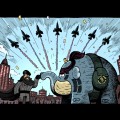

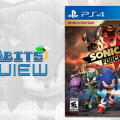
That screenshot border is because of the TV you captured on. I’m assuming this was on PS4 because this is a common thing I see Sega do on the platform with Display Area. (The same thing happens in PSO2.)
In Settings > Sound and Screen > Display Area Settings, you can adjust the screen to fit your TV if you have a large bezel. Ignore that and push the border up to max. Retake the screenshot and I’ll bet it goes away.
I definitely regret getting this on day one
Thanks for the review. Really sucks that this game is a dud. Hope it doesn’t kill the Valkyria series.
A small suggestion; where you recommend other RPGs in the “Verdict” section, I’d recommend adding Persona 5. THAT is the RPG that SEGA fans should be playing this year.
I don’t understand why Reiko Kodama isn’t involved in these games any longer, especially since the first one was a hit. Does anybody know whether any of the original team were involved?
Sega has done a terrible job of nurturing some of their talent, especially with RPGs
Is it really that bad? If you’ve never played any other entry in the series, probably not, but if you have, then this will be compared and seen as a low point in the series as it could have been.
I just bought this game yesterday. I’m enjoying it so far.
“Valkyria Revolution is a game made thinking on Japanese public, to be loved in Japan.”
Reviews on Amazon JP mean completely the opposite.